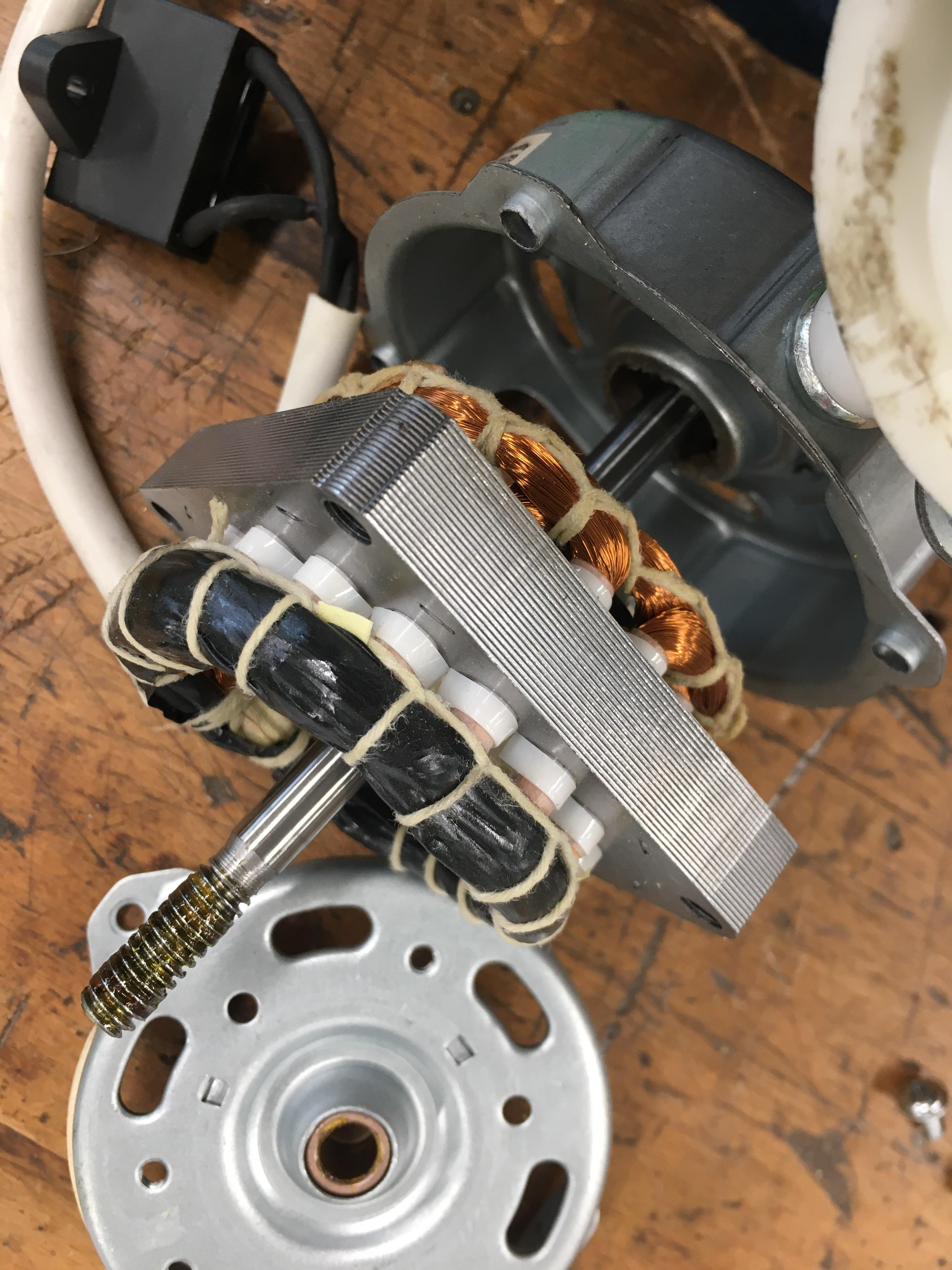E-waste
e-Waste is one of the fastest-growing waste streams. It can be classified on the basis of its composition and components. Ferrous and nonferrous metals, glass, plastics, pollutants, and other are the six categories of materials reported for e-waste composition. Iron and steel constitute the major fraction in waste electrical and electronic equipment (WEEE) materials, with plastics being the second largest. Nonferrous materials, including metals such as copper and aluminum, and precious metals such as silver, gold, and platinum are third in abundance and have significant commercial value.


Copper
Copper is a chemical element with the symbol Cu and atomic number 29. It is a soft, malleable, and ductile metal with very high thermal and electrical conductivity. A freshly exposed surface of pure copper has a pinkish-orange colour. Pure copper is rarely found in nature, but is usually combined with other chemicals in the form of copper ores.





Naturally occurring copper ores from left to right: Native Copper, Copper Malachite, Chalcocite (Cu2S), Chalcopyrite (Yellow copper ore), Copper Chalcanthite
Copper has historically been used since 8700 B.C. for a very wide range of purposes including preserving mummies, building ceilings and ships, making weapons and as writing scrolls for its malleability. Since its conductive qualities have been discovered it has been used for batteries, piping and more recently for motherboards in electronics. Today, there’s 10 times more copper in homes than it was 100 years ago. There’s an average of 439 pounds of copper in a single - family home, mostly in building wire and plumbing tubes, fittings and valves (it is also present in built in appliances, builders hardware and other wire and tube appliances). It can also be found in Automobiles and Fast trains. However, it is not very often exposed or celebrated as a material as it used to be in the earlier ages.
Experimenting with CuSO4 crystals. Concrete + resin - left, Wax - middle, Resin - right
Cupric sulphate is a salt formed by treating cupric oxide with sulphuric acid. It forms as large, bright blue crystals containing five molecules of water (CuSO4·5H2O) and is known in commerce as blue vitriol.
Copper and Aphrodite
Aphrodite, goddess of love and beauty, first appeared rising out of the sea off the island of Cyprus, she was holding a shiny copper mirror and admiring her image.
Design Development
The shape of the lamp was taken from the shapes of copper arrows used by our ancestors. The shape provides a sense of revealing the hidden while wrapping and protecting it.




